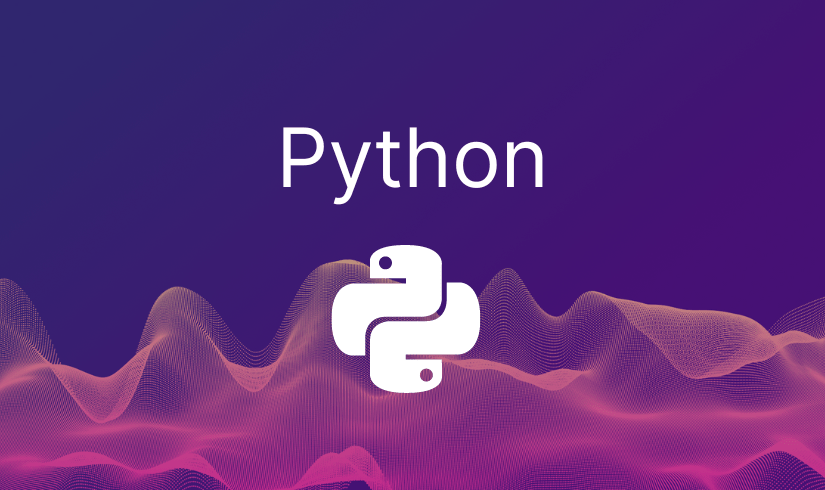Data visualization: Learn how to make data speak
Data Visualization Tools
In this section, we will introduce you to some popular data visualization tools widely used in the industry. These tools offer a wide range of features and capabilities, making it easier for data professionals and analysts to create impactful visualizations without extensive coding knowledge.
Microsoft Excel
Microsoft Excel is one of the most widely used tools for desktop based data analytics and has very wide acceptance. It provides various chart types, such as bar charts, line charts, and pie charts, along with customizable formatting options to create basic visualizations.
Tableau
Tableau is a powerful and versatile data visualization tool preferred by data professionals and organizations for its advanced capabilities. With Tableau, users can create interactive and dynamic visualizations that facilitate in-depth data exploration and presentation. It supports a wide range of chart types, maps, and dashboards for comprehensive data analysis.
Power BI
Power BI, developed by Microsoft, is a popular business intelligence tool designed to provide business users with easy-to-understand visualizations and dashboards. It seamlessly integrates with various data sources, making it convenient for data analysis and decision-making. Power BI offers extensive interactive features, making it suitable for both small businesses and large enterprises.
Matplotlib
Matplotlib is a Python library widely used for creating static, interactive, and publication-quality visualizations. It offers a wide range of chart types, from basic line plots and bar charts to more advanced 3D plots and geographic visualizations. Matplotlib is highly customizable, allowing users to fine-tune every aspect of their visualizations.
Seaborn
Seaborn is another Python library built on top of Matplotlib, providing a high-level interface for creating attractive and informative statistical graphics. It simplifies the creation of complex visualizations, such as scatter plots with regression lines, box plots, and violin plots. Seaborn’s integration with Pandas makes it a convenient choice for data exploration and analysis.
ggplot
ggplot is a popular data visualization library in R, inspired by the Grammar of Graphics. It follows a layered approach, enabling users to build complex visualizations by combining different plot elements. ggplot allows for easy customization and provides the flexibility to create aesthetically pleasing visualizations for exploratory data analysis and communication.
There are many other data visualization tools and libraries available, each with its unique features and advantages. Depending on your data analysis requirements and familiarity with specific tools, you can choose the most suitable one to effectively convey insights and communicate data-driven stories.
Data Visualization Best Practices
Creating effective and impactful data visualizations requires following best practices to ensure clarity, accuracy, and accessibility. In this section, we will explore essential guidelines and tips for producing visually compelling and informative data visualizations.
Know Your Audience and Objectives
Before creating a data visualization, understand your target audience and the purpose of the visualization. Different audiences may have varying levels of familiarity with the data and specific preferences for presentation. Tailor your visualizations to convey the most relevant information and insights that align with your objectives.
Simplify and Avoid Clutter
Keep your data visualizations clean and uncluttered. Avoid using too many colors, labels, or data points that can overwhelm the viewer. Simplify the visual elements to highlight the key takeaways and make the data easier to interpret. Removing unnecessary chart elements helps the audience focus on the most critical information.
Choose the Right Chart Type
Selecting the appropriate chart type is essential for conveying your data effectively. Consider the data type, the relationships you want to showcase, and the story you want to tell. The right chart type should make it easy for the audience to interpret the data accurately and draw meaningful insights.
Use Colors Strategically
Colors add visual appeal to data visualizations, but they should also serve a purpose. Use colors strategically to highlight key data points or represent different categories. Be mindful of color combinations for accessibility, ensuring that color choices are accessible to all viewers, including those with color blindness.
Labels and Titles
Labels and titles provide context and understanding to the data visualization. Ensure that all elements, including axes, data points, and categories, are appropriately labeled. A clear and concise title summarizes the main message of the visualization and helps the audience grasp its purpose at a glance.
Provide Context and Explanation
Accompany your data visualization with contextual information and explanations. Interpret the findings, define any technical terms, and provide insights into the data patterns. This additional context helps the audience understand the significance of the visualization and its implications.
Use Animation and Interactivity
Animation and interactivity can enhance data visualizations, particularly when dealing with complex datasets. Use animation to show changes over time or transitions between visualizations. Interactivity allows viewers to explore the data interactively, providing a more engaging and personalized experience.
Test and Iterate
Before finalizing your data visualization, test it with different users or colleagues to gather feedback. Iterate based on the feedback to improve clarity, design, and functionality. Continuous testing and refinement lead to more effective and user-friendly visualizations.
By following these data visualization best practices, you can create visualizations that effectively communicate complex information, uncover insights, and aid decision-making.

